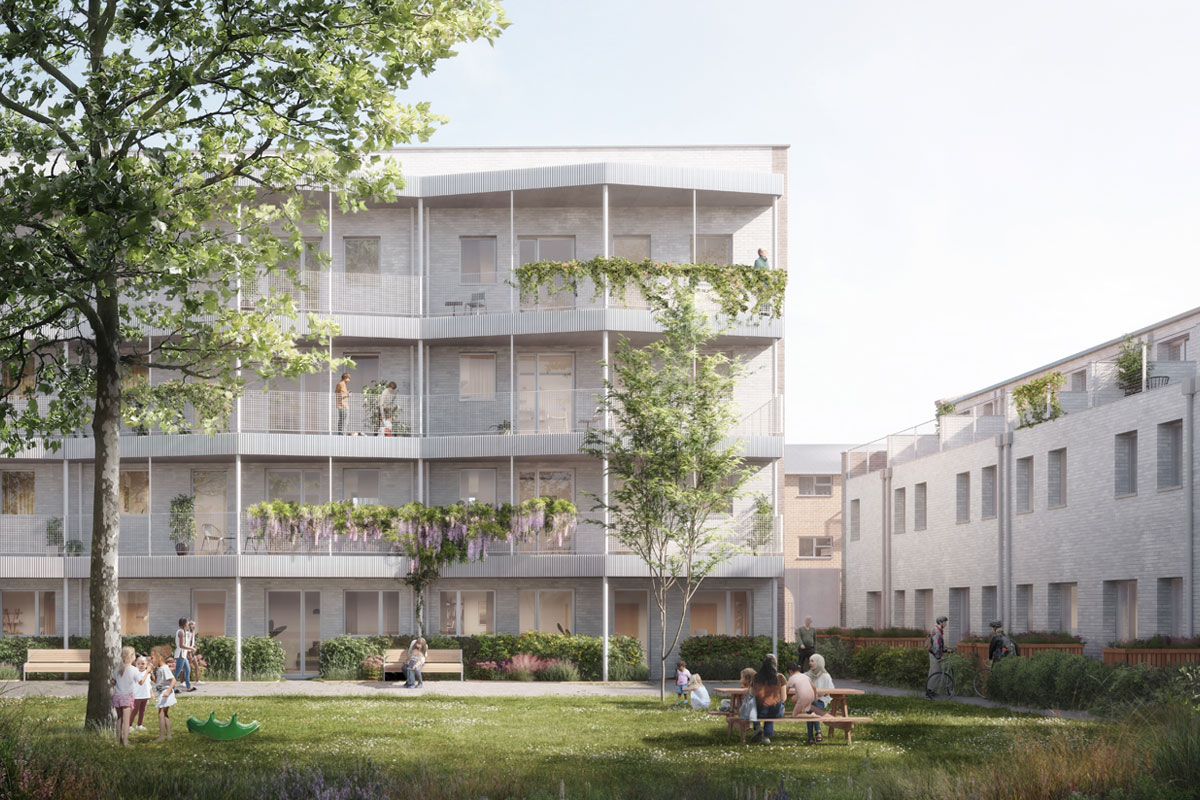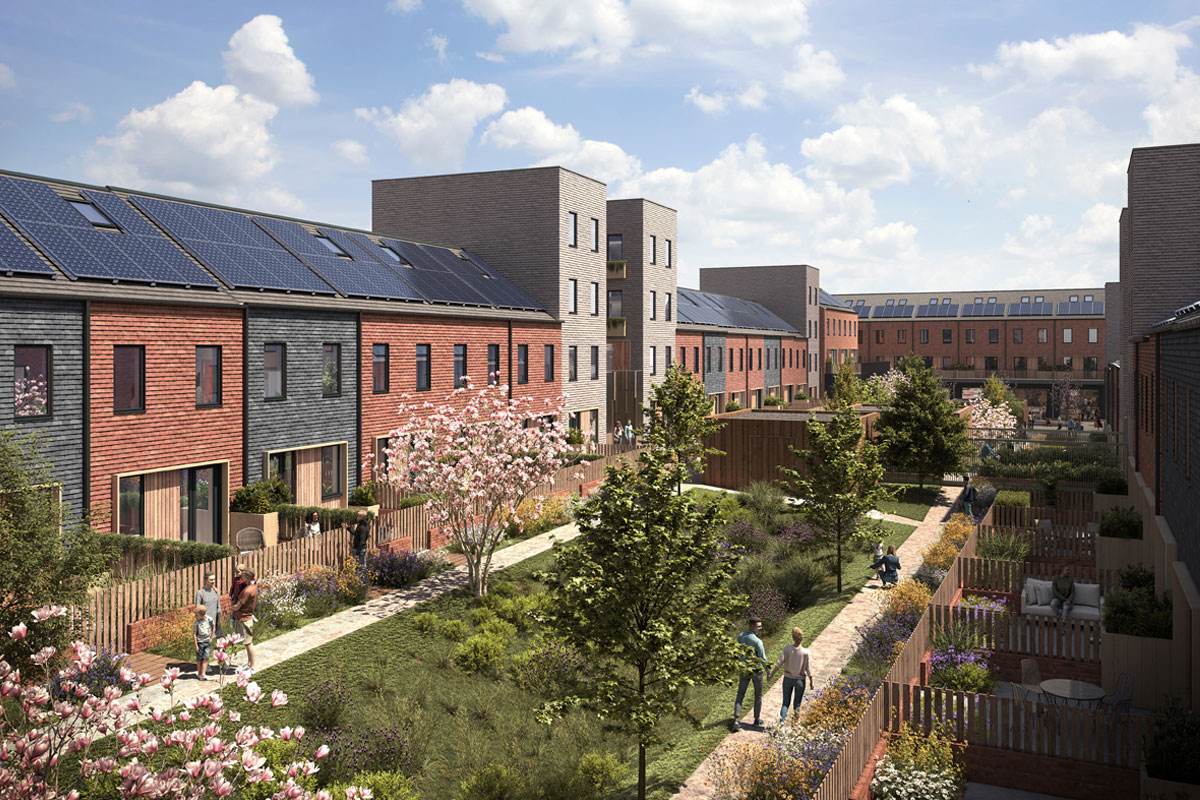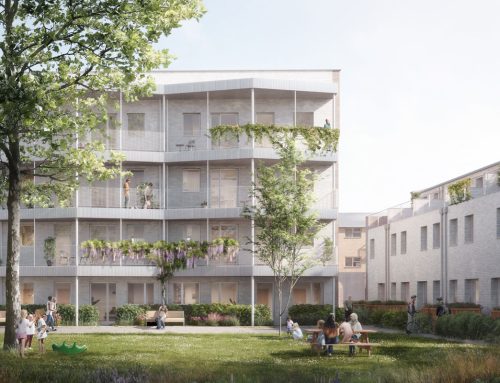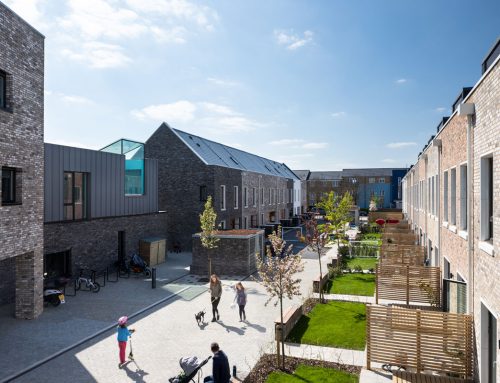26th March 2015
CITY VILLAGES
26th March 2015
CITY VILLAGES
Share
Jonny Anstead attended the launch of City Villages, a series of essays collated and edited by Andrew Adonis and published by the Institute of Public Policy Research.
The event was held at RIBA and included short talks from a panel of senior housing experts including Lord Adonis, Lord Rogers and Sir Bob Kerslake, followed by questions to the panel. The collection itself, which is available in full on the IPPR website, includes a range of other perspectives, including the public sector leaders, private sector and policy influencers.
In City Villages Adonis is deliberately coining a new buzzword for what closely resembles the well-established idea of estate regeneration. It does, however, makes the case for its application far more broadly, boldly and systematically than the current estate regeneration model – at a scale, he argues, that can make a serious inroad into the capital’s housing shortfall.
Adonis’s case for intervention is based upon a clear and unerring logic base. The UK faces a shortage of housing unseen since the years after the second world war, and this is felt in London more than anywhere else. Attempts to deliver housing to meet demand are falling drastically short (delivery of homes is at half the level seen in the 1950s). All the main political parties recognise this as a crisis requiring immediate and firm action.
The solution, Adonis argues, already lies in the hands of the public sector, in the ready-made form of local authority housing estates. Ready-made, in that these are already under public ownership, allocated for residential development and generally capable of significant intensification. Adonis argues that by ‘systematically mobilising their vast ownership of land… local authorities could pioneer the creation of many hundreds of new city villages London-wide’. And this argument has obvious merits. Local authorities in London do own huge quantities of land (43% of land in the case of Southwark and 25 to 30 percent across inner London). And it’s true that many of the housing estates under public ownership are scandalously poorly planned, largely homogenous and, in land terms, under-utilised (as Yolande Barnes of Savills points out in her essay, high-rise development does not necessary amount to dense development, and it certainly doesn’t equate in terms of urban character to intense development).
The case is a strong one: who could argue that City Villages – if realised as Adonis suggests, as mixed-use, mixed-tenure, diverse communities meeting a wide range of socioeconomic needs, based around attractive streets and integrated into their wider context – would not be better places to live that the estates that they would replace? London is, at its best, a city made of villages of exactly this sort.
The principal problem is, of course, that in order to meet a problem faced by the whole of society (the housing crisis), it is those who have least (the least money, the least voice and the least agency) who would be required to suffer the most to achieve the desired outcome. Specifically, for many thousands of households, it would require the demolition of their homes to make way for new development. How would the case be made to those people that the end result would be tangibly better than what they already have? The ‘going rate’ in this difficult dialogue appears to be the promise of a new home within the proposed redevelopment. But that is it not, in itself, a great benefit to those who already have homes where they lead settled lives, a among neighbours they know, and who face severe disruption and upheaval in the name of regeneration. So who will make the case for City Villages to the people affected most, who will give them voice, and how will they be placed at the table of decision-making?
The goals described of City Villages warrant radical intervention – not only as a means of meeting the housing need but also allowing people to live better, healthier and more fulfilled lives. But what is there to persuade us that such a programme wouldn’t replicate mistakes of the past or make new mistakes of its own? Create Streets’ research indicates that many recent estate regeneration projects fail to achieve the densities of adjacent areas of pre-war streets (let alone the attractiveness and desirability of those). And even where dramatic intensification is achieved, who will make sure that the wider outcomes are delivered too? At Wednesday’s event, the presence outside RIBA of a number of protestors against CapCo’s redevelopment of Earls Court was a timely reminder that major estate regeneration initiatives can achieve deliver huge numbers of additional market homes and very little else.
Much of the potential of City Villages lies in the ability to mobilise and equip the public sector to rise to the challenge, to be clear-minded about the outcomes, brave enough to share decision-making with communities who will be affected, to intelligently harness private sector investment and ideas while navigating the perils and pitfalls of the process. This in itself would require a fundamental reinvestment in skills and resources which have long been run-down in the sector; it is no accident that in countries that are seen as models for bold and successful urban planning many of the most talented people, and much of the best work, is in municipalities.







